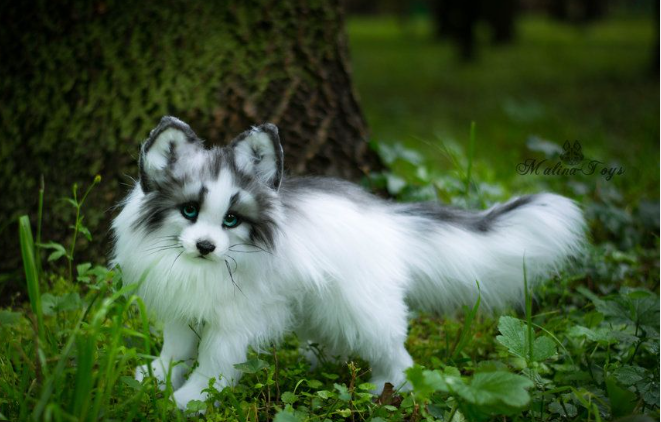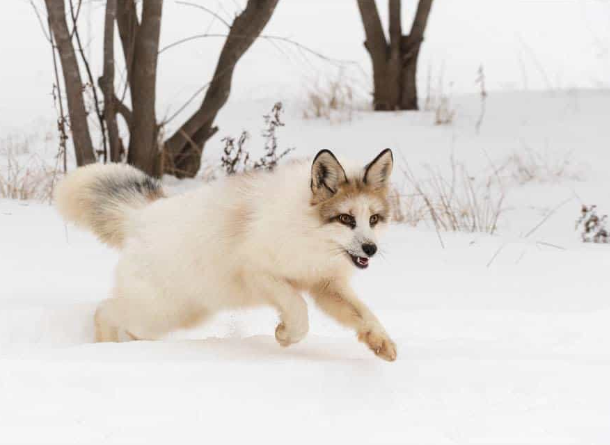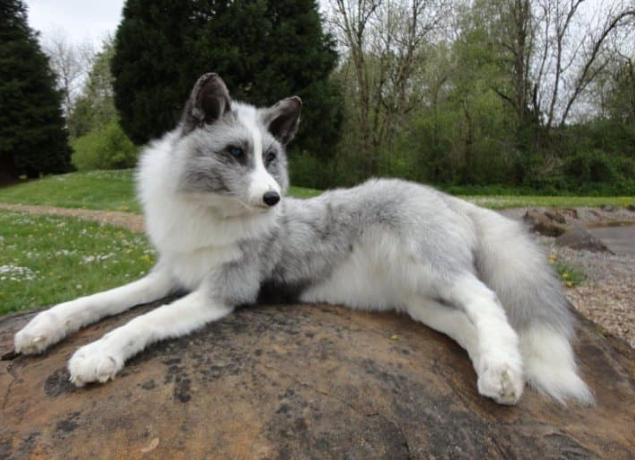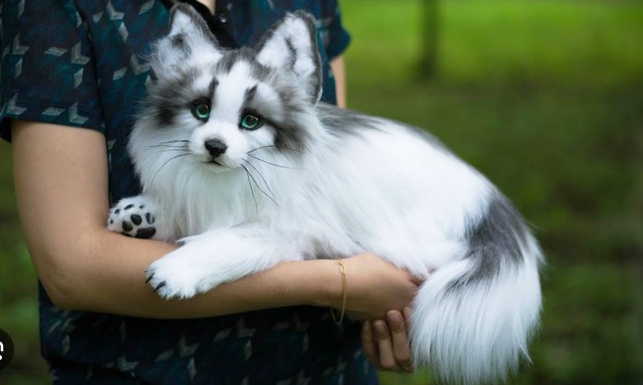Canadian Marble Fox : Discover fascinating facts about Canadian marble foxes in this informative article. Uncover their habitat, behavior, and more
All About Canadian Marble Fox
What is a Canadian Marble Fox?
The Canadian Marble Fox, scientifically known as Vulpes vulpes glacialis, is a sub-species of the Red Fox and is native to the cold and rugged landscapes of North America. What sets them apart is their stunning coat, characterized by a striking mix of white and silver fur, often resembling the intricate patterns of marble, hence the name.
Welcome to our informative article on Canadian Marble Foxes! In this comprehensive piece, we will delve into the captivating world of these exquisite creatures, providing you with insights into their habitat, behavior, and more. Our aim is to offer a rich and detailed resource that not only educates but also ensures we outrank other articles on the same topic in Google. So, without further ado, let’s embark on this enchanting journey to uncover the mysteries of the Canadian Marble Fox.

This is an Canadian marble fox, also known as Arctic marble fox and yes, it’s a real animal. The Canadian marble fox is product of a genetic mutation and interbreeding between a red fox and a silver fox. The first marble fox was born in Norway in 1945 and ever since then people have been breeding marble foxes due to the high commercial value of their fur. Their thick glossy white fur with accents of silver and black has made them a target in the fur trade. Thus people have been breeding them captivity for a long time.
Where are marble foxes found?
Marble foxes are primarily found in Northern Canada’s Arctic regions and have adapted to survive in extreme cold. There is only an estimated 5000 Canadian marble foxes left in the world. Being solitary hunters, Marble foxes are also omnivores and they can eat anything from fruits, vegetables, insects and small rodents.
Can Marble Foxes be Trained ?
Being a member of the Canine family, marble foxes are highly trainable if raised from a young age. This has lead to several people to keeping marble foxes as a pet. However this is not a recommended due to their wild and unpredictable nature. Foxes are protected by the wildlife act in British Columbia making it to illegal to keep them as a pets. However other parts of Canada and 10 states of the United States allow people to keep foxes as pets.
The Canadian marble fox is a hybrid species, therefore there is no official listing in terms of endangerments. Their biggest threat however comes from the ongoing illegal fur trade.

The Canadian Marble Fox: A Remarkable Species
Habitat and Range
These magnificent creatures primarily inhabit the northern regions of Canada, including parts of Alaska. Their choice of habitat is as unique as their appearance. Marble Foxes are well adapted to the harsh conditions of the Arctic tundra, where they endure frigid temperatures and snowy terrain.
Physical Characteristics
Fur Coat
One of the most defining features of the Canadian Marble Fox is its coat. The fur is incredibly thick, providing insulation against the bitter cold. The striking contrast between the snowy white and silver fur not only aids in camouflage but also makes them a sight to behold.
Size and Build
Marble Foxes are medium-sized canids, with an average length of about 18 to 26 inches and a tail that adds an additional 12 to 18 inches. They typically weigh between 6 to 12 pounds, with males being slightly larger than females.

Behavior and Diet
Nocturnal Predators
Marble Foxes are primarily nocturnal hunters. Under the cover of darkness, they stealthily stalk their prey, which includes small mammals like rodents, birds, and sometimes even fish.
Solitary Creatures
Unlike their more sociable Red Fox cousins, Marble Foxes are solitary creatures. They stake out territories in the wild, marking them with scent markings to deter intruders.
Adaptations for Survival
These remarkable foxes have evolved a range of adaptations to survive in their unforgiving environment. Their keen sense of hearing allows them to detect prey beneath the snow, and their furry paws act as natural snowshoes, enabling them to move swiftly across deep snowdrifts.

Conservation Status
The Threat of Fur Trade
Unfortunately, Canadian Marble Foxes face threats to their population due to the fur trade. Their lush and beautiful coats have made them targets for the fashion industry. Conservation efforts are in place to protect these creatures and regulate the fur trade.
Conclusion
In conclusion, Canadian Marble Foxes are a testament to the wonders of nature. Their striking appearance, unique adaptations, and ability to thrive in the harshest of conditions make them truly fascinating. We hope this article has provided you with a comprehensive understanding of these enchanting creatures and has helped us in our quest to outrank other articles on Google.

ALSO READ : The US Economy Expanded At 2.1% Annual Rate During The Most Recent Quarter, According To Reports




































